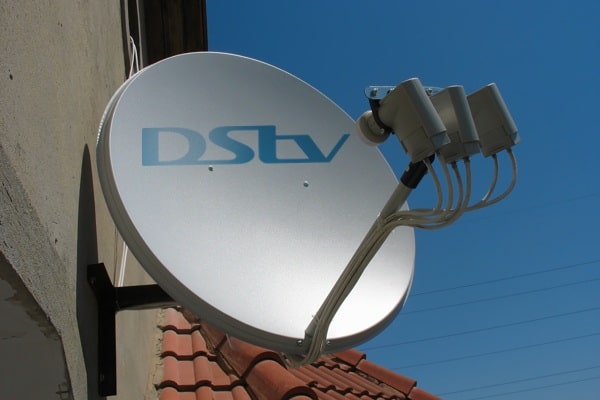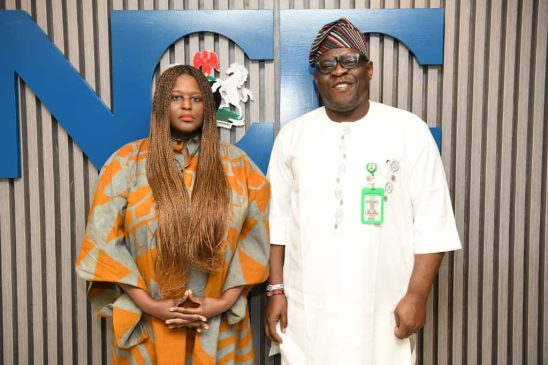Nigeria’s active telephony subscriptions increased to 199,558,540 in March 2022 as against at 198,123,431 recorded in February 2022, according to updated industry statistics released by the Nigerian Communications Commission on May 19, 2022.
This shows telecommunication operators welcomed 1,435,109 more subscriptions in the month of March.
Meanwhile, when compared to the 195,463,898 actives lines in December 2021, the MNOs added 4,094,642 (active) subscriptions in the first quarter of 2022, TechEconomy.ng can report.
Also, the teledensity increased from 102.40% in December 2021 to 104.54% March 2022.
In March 2019, NCC rejigged teledensity computation in line with rebased 190 million population figure given by the National Population Commission (NPC), up from the 140 million population of 2006.
Market Share by Operators
MTN retained its top spot as a telecom service provider in Nigeria controlling 37.89% GSM market share with 74,933,684 subscribers.

Airtel retains second spot with 55,004,561 subscribers representing 27.81%, followed by Globacom (third), with 54,987,328 (27.80%) and 9mobile (fourth) with 12,842,909 subscribers, representing 6.49% market share.
TechTV report indicates that Globacom is the highest gainer with the addition of 894,565 followed by Airtel 366,422 and MTN with 243,879, while 9mobile lost 71,992 subscribers in the month under review. Visafone has since ‘transferred’ its spectrum to MTN.
See table below:

Meanwhile, industry watchers believe the March results show the resilience of the operators that have been impacted by the recent issues surrounding the NIN-SIM integration policy of the government.












+ There are no comments
Add yours